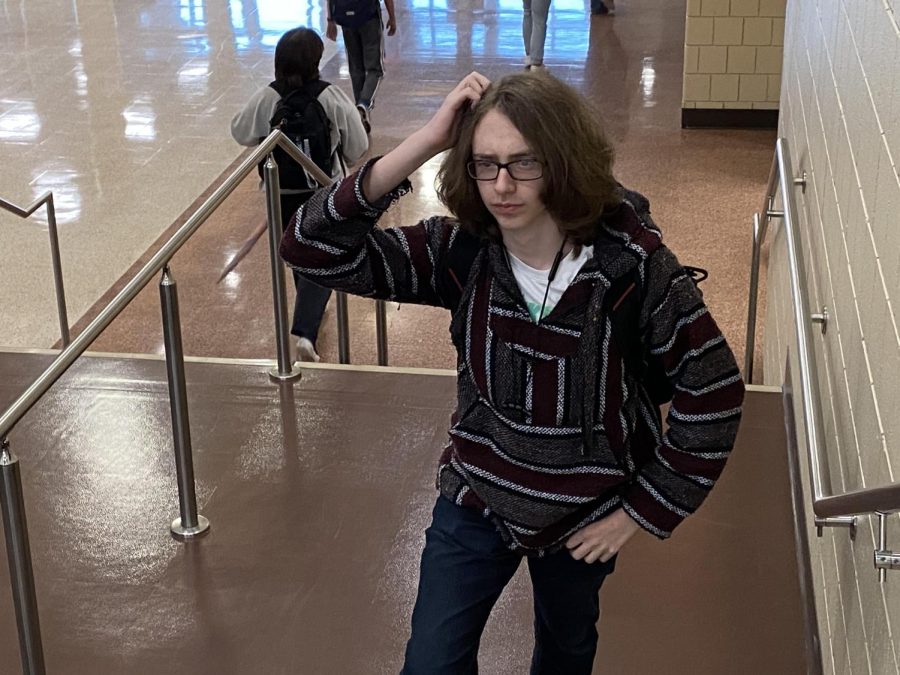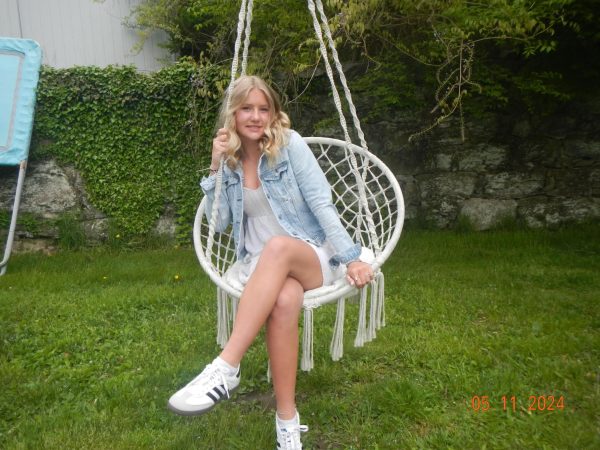The State of Thursday Activities
December 5, 2022
Earlier last year, Waterford High School re-introduced “Activity Thursday”, a weekday dedicated to having students openly communicate, engage, or participate in a variety of clubs and activities during advisory. Former Waterford High School principal Mr. Hauser commented in an email that once you “select an activity for the day, you are expected to stay and actively participate in it.” To further expand the variety of activities, there were also quiet study halls around the school. However, some students have been very critical to this approach with advisory and want a different system in place. Mrs. Batty commented that the main purpose is to have kids at Waterford High making connections with adults. Mrs. Concascia, a teacher at Waterford High School, shared her own understanding of Activity Thursday from the teacher’s perspective: “[the] philosophy behind Advisory is to create the opportunity for students and teachers to create a connection that will last their four years while at WHS.” In her eyes, it is a time where information can be collected and shared. Over the years, there have been many different shifts in directions in which some have been more successful than others.
Eddie Salvati, a senior in WHS, is very transparent about his discontent regarding Activity Thursday. One major issue that comes to hosting a club during advisory comes with the time: “15 minutes for a club isn’t enough time,” he feels. It is unclear to him how students can have enough time to socialize and engage with others when, on occasion, people may spend most of their time walking to another advisory or finding a place to go. Another key point he detailed is how he and his peers feel about advisory as a whole: “Me and a lot of people see advisory as a 15 minute break to do whatever,” From his perspective, advisory is a way to de-stress or relax on a rather vigorous school day. The disruption of Activity Thursday complicated the way in which he was able to go about his daily routine. “Some kids just want to just chill out in an area, but that’s even more difficult enough now,” Eddie commented regarding the amount of classrooms that were dedicated to bringing students together.
However, it is important to realize that there are dozens of places to go for advisory. Mrs. Concascia meets with the National Art Honor Society during advisory four times per month, for what she describes as “a very productive meeting.” Two of these meetings are dedicated to sharing and planning ideas between officers, and the other two are devoted to all members meeting together. Eddie acknowledges that there is a substantial impact, but wants the school to understand that he is more laid back and feels that there simply isn’t a good place to go if you aren’t affiliated with a club or sport. In fact, it could be detrimental to the student’s well being. One of the reasons he does not participate during the advisory meetings for school clubs is because of the time constraints and the need for wanting a place to go for those 15 minutes to sit down, go on his phone, or talk to a friend. Specifically, he did “not go to a classroom and be crowded…” Mrs. Batty had a mutual understanding of the situation:“I’m sure for some activities, like student council, 15 minutes may not be enough time and they may have to meet another time as well,” which is why there are after-school activities and times given to students. “I think it just depends on what you’re doing during those times,” she also added.
An initiative often overlooked is Free Choice Friday, which was similar to Activity Thursday except for the fact that you were able to roam more freely around classrooms. In the past, Mrs. Batty commented about how the advisory days were separated to achieve different tasks. Monday used to act like a “home day”, where students would talk to their advisory teachers. Tune-in Tuesdays would show the announcements, and Wednesday was worldwide Wednesday, a day where everyone would review a current event. “At one point, we had a day where you could go to extra help or for teachers,.” On Free Choice Friday, Mrs. Batty believes it was a “free-for-all”, where students would be able to do whatever activities they wanted. “It slowly morphed into the clubs during that time. It morphed into having student council meetings, national honor society, and more.” The intent was to find “pockets of time” for students to meet with each other. Eddie wants this initiative to come back and believes that the quality time students are able to spend during Advisory building connections have drastically decreased. Mrs. Batty commented that the reason Fun Fridays wouldn’t return is because it was a “give-and-take” situation. There were prominent issues within the relationship of students and the administration when it came to advisories. “I don’t think we’d go back to ‘free-for-all Fridays’, it would have to have some sort of structure.” However, she made it clear that administrations are constantly looking for ways to make advisories better and more impactful for students.
In spite of his grievances with Activity Thursday, Eddie wants the school to know that while he understands the school’s intentions, he believes “generally these activities can’t be interesting when you only have around ten minutes to participate in it.” In response, Mrs. Batty said “I would encourage [students like Eddie] to talk to their advisory teachers or a teacher they’re comfortable with to see if they don’t have anything planned during their advisory.” She reiterated that a great way to find something to do is to talk to teachers and look for alternative methods. Additionally, a few teachers are not supervising any activities. For teachers like Mrs. Concascia, advisory is an important time where students can get together as a whole with everyone in attendance. Students have many commitments after-school, so having this block allows for her and her students to have a “fun productive year”. In Waterford’s National Art Honor Society, she made it clear that because of the advisory, they “have some great activities planned as well as many new active members.” “Of course there are people who feel different, and that’s fine,” Eddie also says. In the end, Mrs. Batty and Mrs. Moore collectively agreed that they “would love [students] to come forward and talk to [them] about what [they] can do.”








